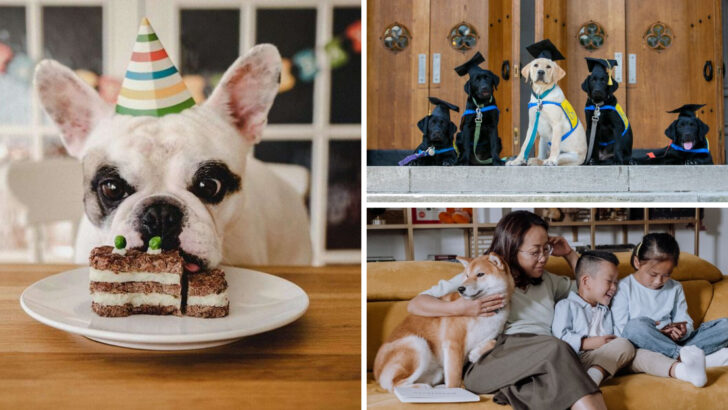Some people have kids. Others have dogs. And let’s be honest—there’s not much of a difference.
From the way we talk to them in that ridiculous baby voice to the way we tuck them into bed at night, dogs have officially upgraded from “pet” to “child” in millions of households. They have birthday parties, personalized sweaters, and even middle names.
But it’s not just the cute stuff. Dog parents worry about their pups like any human parent would. Is he eating enough? Does she miss me when I’m gone? Should I be saving for his vet bills like a college fund?
If you’ve ever caught yourself calling your dog your “baby” without a second thought, you’re not alone. Here are 17 undeniable reasons why dogs have taken over the role of actual children—and why we wouldn’t have it any other way.
Unconditional Love
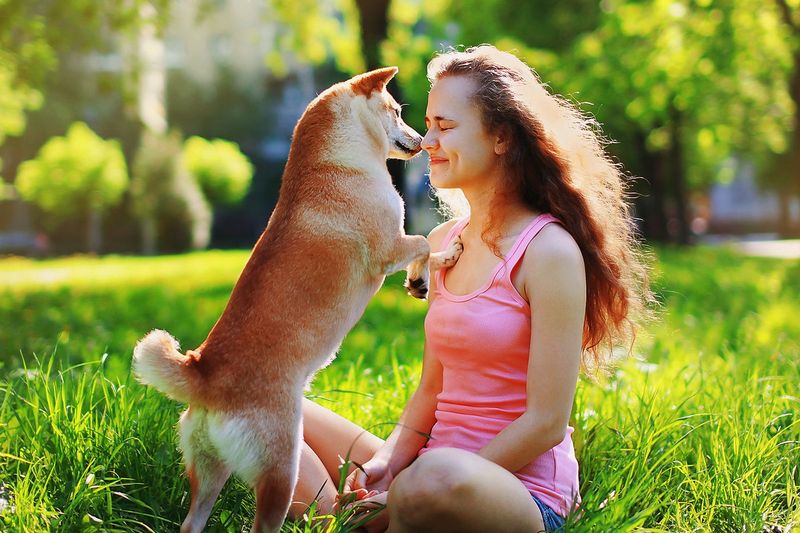
Dogs offer unwavering love, greeting us with wagging tails and joyful barks no matter the mood. This unconditional affection mirrors the bond between a parent and child. A dog’s love doesn’t hinge on our achievements or failures; it remains constant.
For many, coming home to a loving dog is a highlight of the day, and this emotional support provides solace during both good and challenging times. In the same way parents cherish their children’s innocent love, dog owners value this unreserved affection.
This bond fosters a sense of belonging and acceptance, solidifying the notion of dogs as children.
Emotional Support
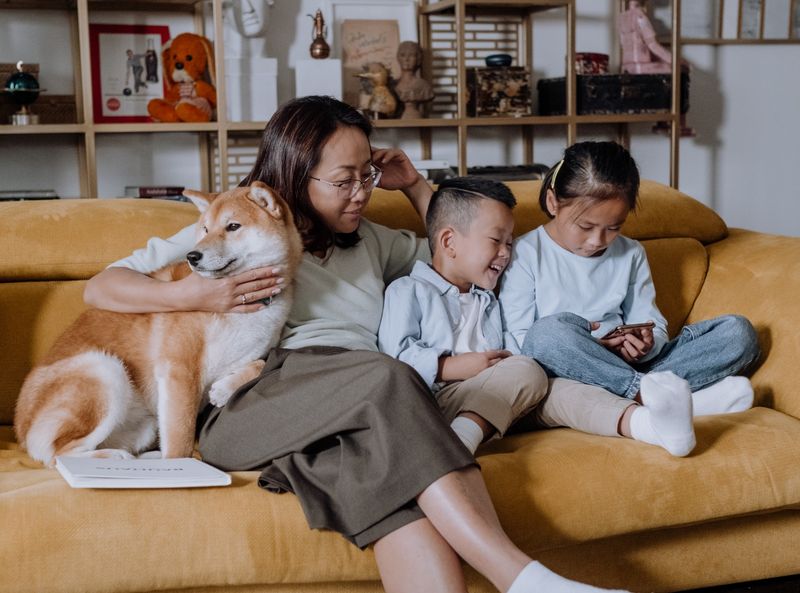
Dogs are natural emotional support beings, offering comfort in times of stress or sadness. Their intuitive nature allows them to sense when their human is upset. Such empathy is akin to the support a parent provides their child.
When life becomes overwhelming, a gentle nuzzle from a dog can ease burdens and bring a smile. They provide a safe space to express feelings without fear of judgment.
The presence of a dog during difficult times is a reminder of steadfast loyalty, a trait cherished in both children and pets.
Daily Routine Structure
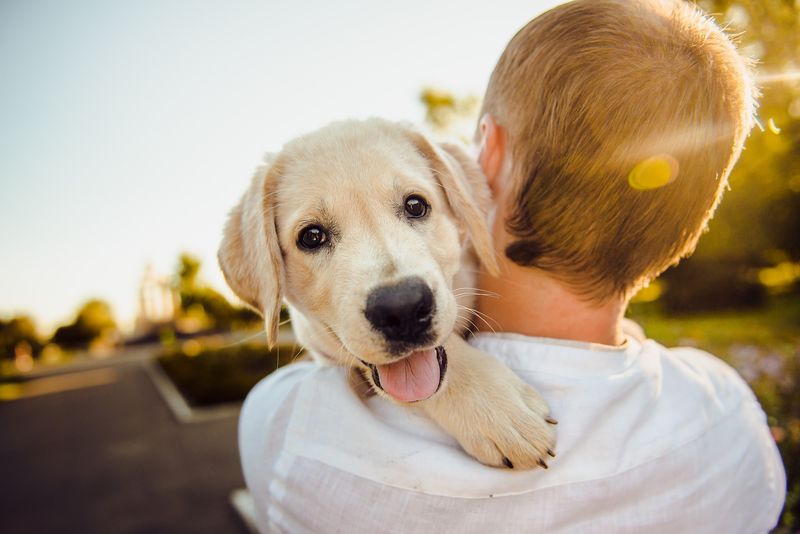
Having a dog introduces a structured daily routine, similar to parenting. Dogs require consistent feeding, walks, and playtime, which adds a rhythm to our lives. This daily structure is reminiscent of caring for a child.
Planning a day around a dog’s needs encourages responsibility and time management, essential skills for raising a child.
The commitment to a dog’s routine strengthens the bond as it reflects the nurturing attention given to a child, reinforcing the parental role humans adopt toward their pets.
Celebrating Milestones

Dog owners often celebrate their pet’s milestones, such as birthdays and adoption anniversaries, with the same enthusiasm as those of their children. These celebrations are filled with joy and symbolism, marking important chapters.
Such events foster a deeper connection, as they acknowledge the dog’s presence and impact on the family.
By celebrating these milestones, owners demonstrate their commitment and affection, similar to how parents celebrate their children’s achievements, further reinforcing the familial bond.
Teaching Responsibility

Owning a dog teaches children responsibility, as they learn to care for another living being. This responsibility mimics the lessons imparted through parenting. Tasks like feeding, walking, and grooming the dog become educational.
These activities instill a sense of duty and empathy, crucial for personal development.
Parents often use pet care to teach life skills, demonstrating how responsibility for a pet can parallel raising a child, emphasizing compassion and commitment.
Companionship and Loyalty
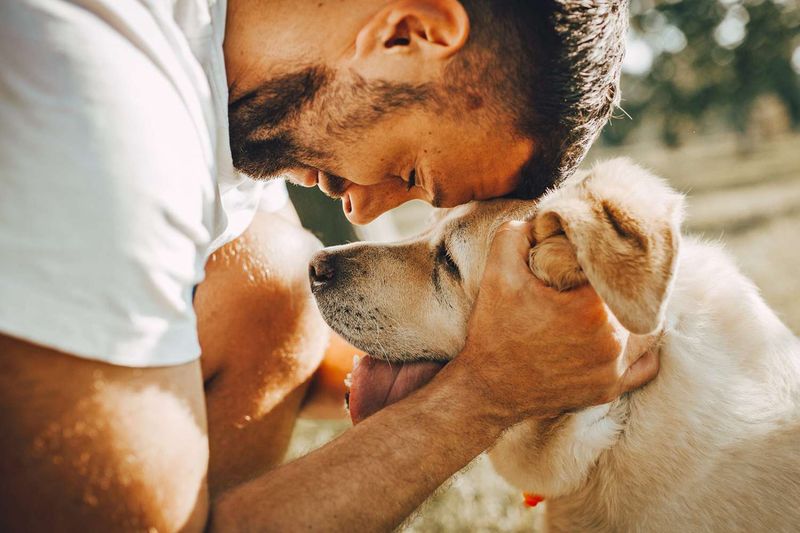
Dogs offer companionship and loyalty, traits that create a familial bond similar to that between parents and children. Their constant presence assures owners they are never alone.
Dogs are often described as ‘man’s best friend’ due to their unwavering loyalty. This steadfast companionship mirrors the loyal bonds formed within families.
The comfort of knowing that a dog will always be there, ready to listen and offer solace, is a key reason many consider them akin to children, providing a sense of family unity.
Financial Commitment
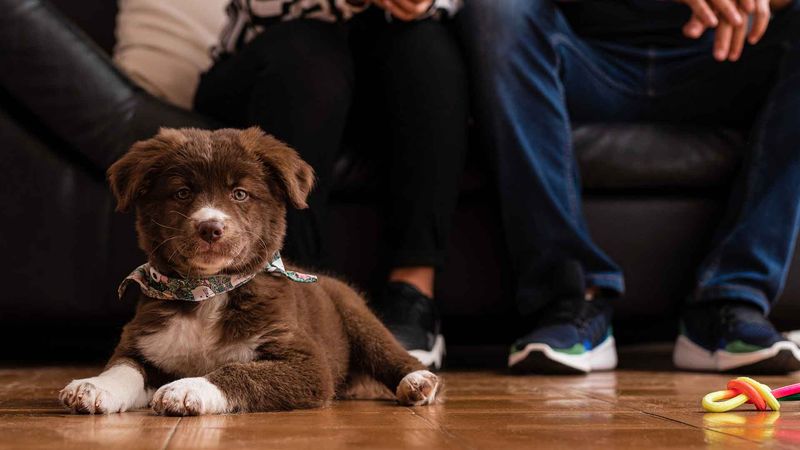
Owning a dog involves financial commitment, much like raising a child. Expenses include veterinary care, food, grooming, and toys, which add up over time.
This financial aspect reflects the economic responsibilities parents undertake for their children. Budgeting for a pet requires planning and sacrifice.
Such monetary investments signify the dedication and love owners have for their dogs, drawing parallels with the care and resources parents allocate for their children’s well-being.
Protective Instincts
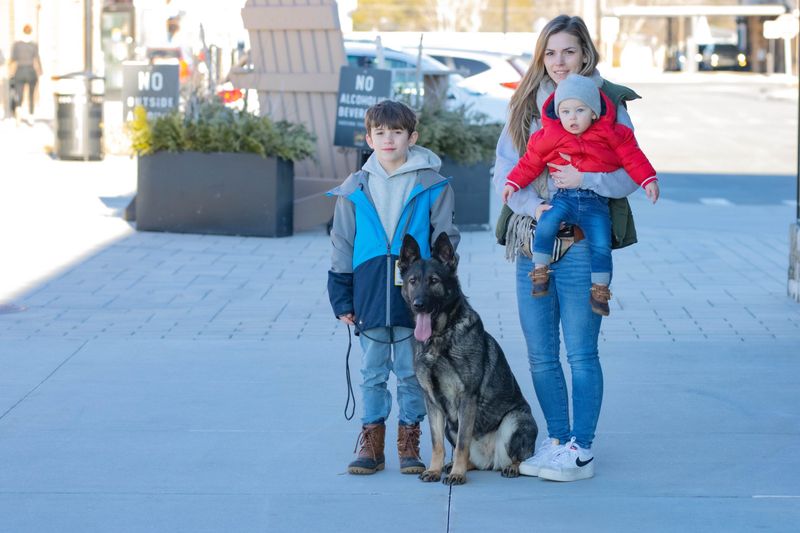
Many dog owners experience protective instincts towards their pets, akin to parental instincts. Ensuring a dog’s safety becomes a priority, much like safeguarding a child.
This protective nature encompasses health and emotional well-being, including regular vet visits and a secure environment.
Owners often feel a strong need to shield their dogs from harm, reflecting the same vigilance parents exhibit towards their children, further cementing the perception of dogs as family members.
Endearing Behaviors
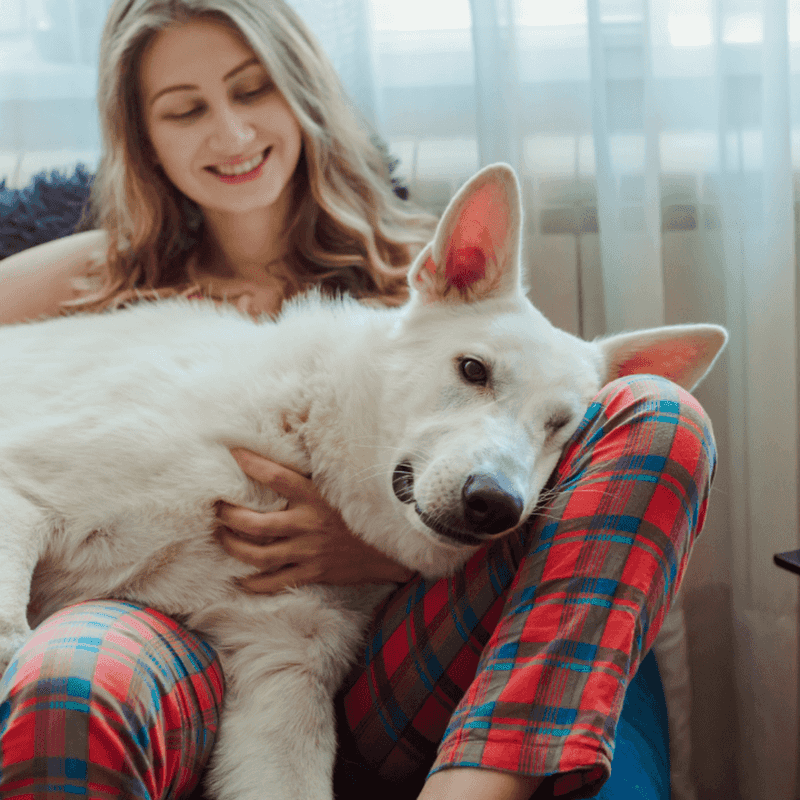
Dogs exhibit endearing behaviors that resemble those of young children, capturing hearts effortlessly. Their playful antics and innocent expressions evoke parental affection.
These behaviors create memorable moments that resonate with the joys of parenthood, as owners watch their pets grow and learn.
The charm of a dog’s antics often leads to a deeper emotional connection, much like the bond forged when watching a child’s first steps, reinforcing the idea of dogs as cherished family members.
Adventurous Companions
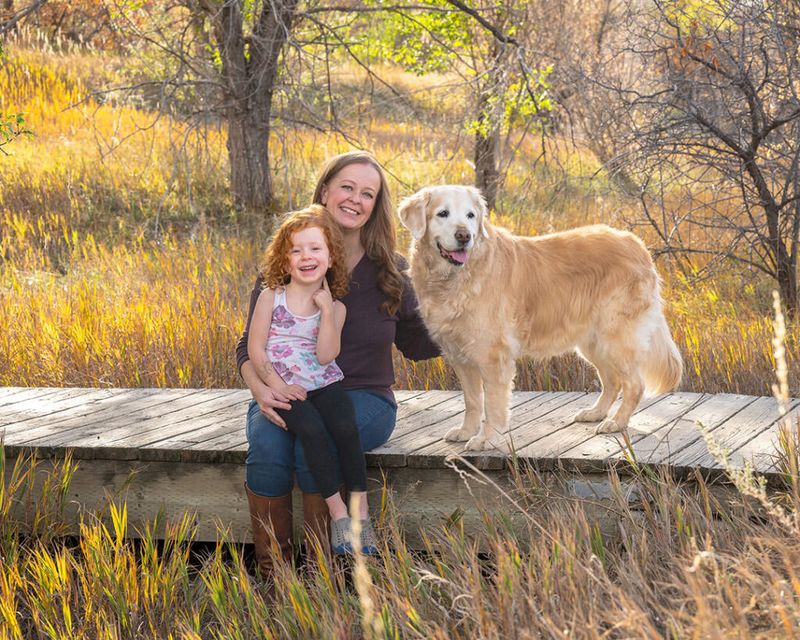
Dogs are adventurous companions, eager to explore the world alongside their humans. This shared sense of adventure mirrors the explorative spirit often nurtured in children.
Owners find joy in discovering new places and experiences with their dogs, much like parents teaching their children about the world.
These adventures strengthen the bond between dog and owner, promoting the idea of shared family experiences and enriching the perception of dogs as integral family members.
Understanding Non-Verbal Cues

Dogs excel at understanding non-verbal cues, building a silent communication form similar to that between a parent and an infant. This intuitive connection deepens the emotional bond.
Owners learn to interpret their dog’s needs through body language, fostering empathy and understanding.
This non-verbal communication enhances the relationship, reinforcing the idea of dogs as children who communicate without words but with profound love and connection.
Creating Family Traditions
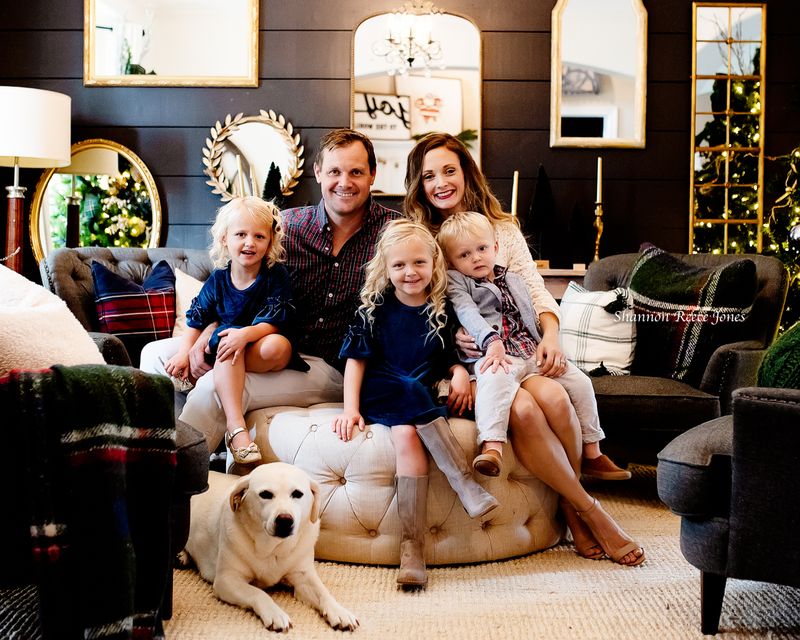
Including dogs in family traditions strengthens their role as children within the household. Whether it’s holiday celebrations or daily rituals, dogs become an integral part of family life.
These traditions create lasting memories and deepen the bond shared between pet and owner.
The inclusion of dogs in such events mirrors the involvement of children in family activities, highlighting their place within the familial structure.
Fostering Empathy
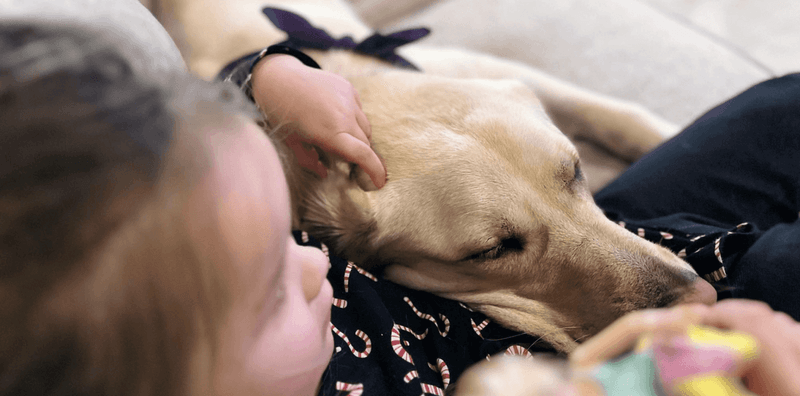
Caring for a dog fosters empathy, teaching individuals to be attentive and compassionate. This nurturing aspect is akin to parenting, where empathy is essential.
By understanding and responding to a dog’s needs, owners cultivate a deeper sense of care and compassion.
This empathy extends beyond pet care, influencing how individuals relate to others, mirroring the growth that comes with raising children.
Sense of Security

Dogs enhance a sense of security, providing peace of mind similar to the protective presence of a parent. Their alertness and loyalty offer comfort, knowing someone is always watching over the family.
This security extends beyond physical protection, encompassing emotional safety.
Owners often feel a profound reassurance from their dog’s presence, akin to the safety net parents provide their children, establishing dogs as vital family members.
Memorable Life Stages
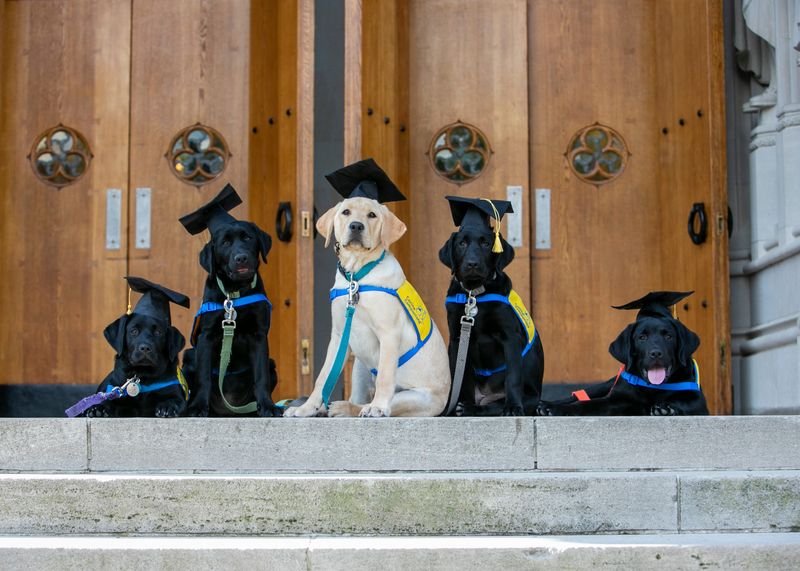
Dog owners often document their pet’s life stages, akin to a child’s growth journey. From puppyhood to senior years, these memories are cherished and celebrated.
Capturing these stages in photos and stories creates a lifelong narrative that intertwines with family history.
This documentation reflects the pride and joy parents feel as they watch their children grow, reinforcing the deep-rooted connection between humans and their canine companions.
Community Connection

Dogs foster community connections, as owners often bond over shared experiences and mutual love for their pets. This social interaction resembles the community parents build around their children’s activities.
Dog parks, training classes, and social media groups become gathering spots for shared joy and support.
These connections enrich the dog-owning experience, fostering a sense of belonging and community, similar to the networks formed around raising children, further solidifying dogs as family members.
Life Lessons

Dogs impart valuable life lessons, such as living in the moment and finding joy in simple pleasures. These lessons echo the teachings parents pass on to their children.
Observing a dog’s zest for life encourages mindfulness and appreciation for everyday moments.
These insights enhance personal growth and emotional well-being, much like the lessons learned through parenting, reinforcing the idea that dogs are not just pets, but family members imparting wisdom.

